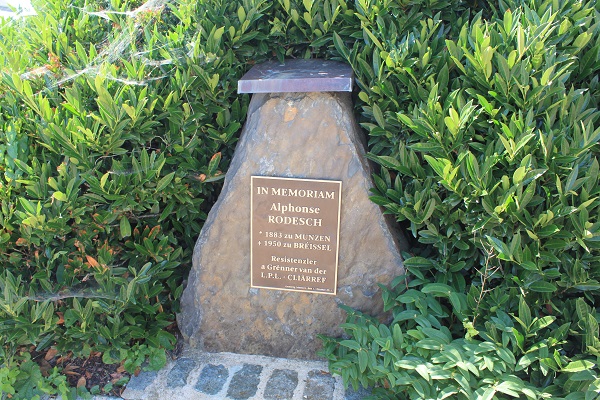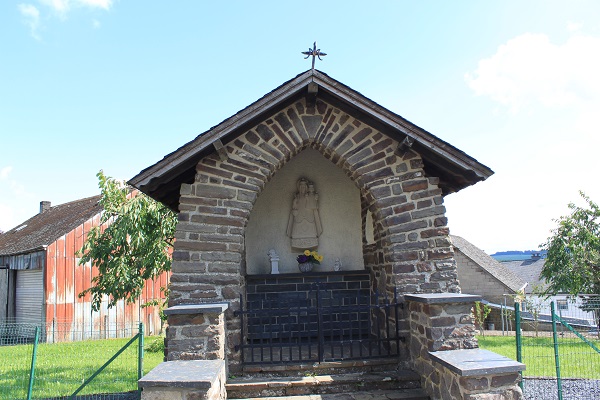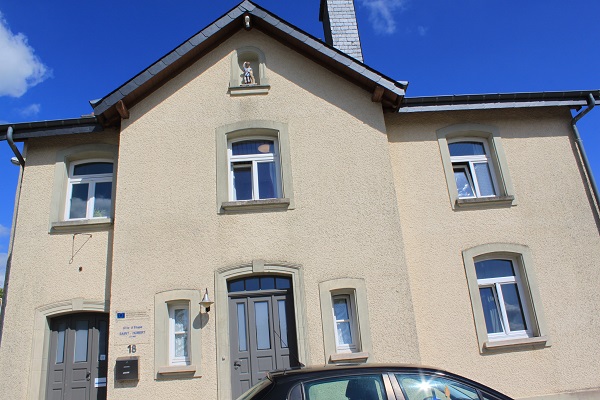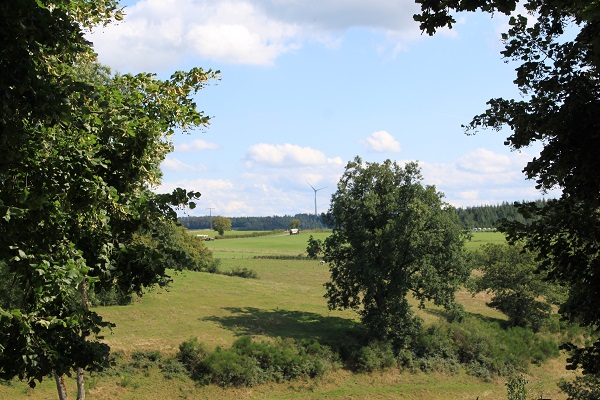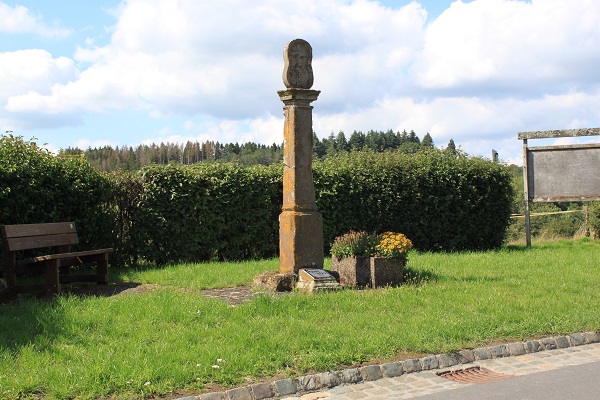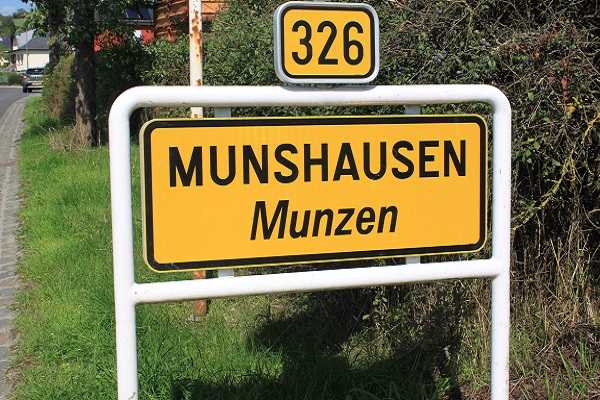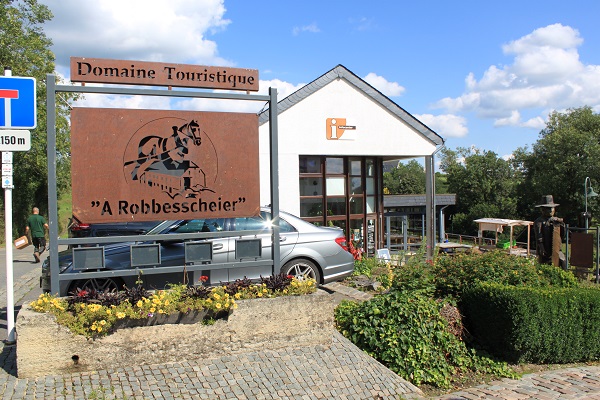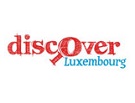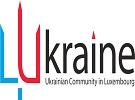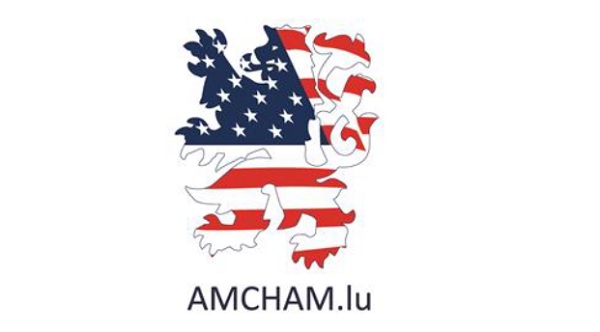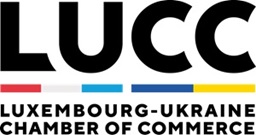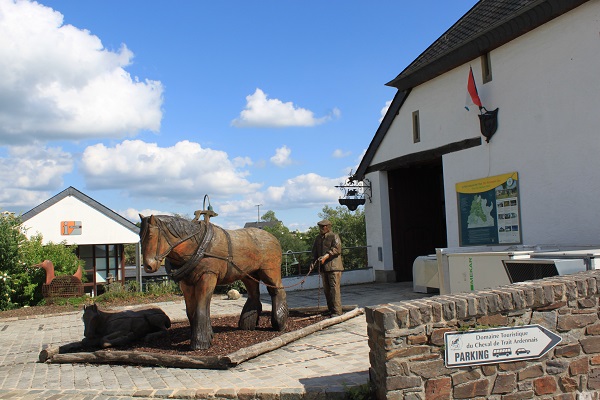 Munshausen Rural Museum;
Credit: Otilia Dragan, Chronicle.lu
Munshausen Rural Museum;
Credit: Otilia Dragan, Chronicle.lu
Throughout August, Chronicle.lu will be shining a spotlight on various villages across the Grand Duchy; the focus is mainly on some of the (perhaps) lesser-known villages with particular points of interest or an interesting history (e.g. cultural and/or industrial heritage).
The next article in this series is dedicated to Munshausen, a village in the municipality of Clervaux in north-eastern Luxembourg (Canton Clervaux) with a population of about 260.
Munshausen (Munzen in Luxembourgish) is an ancient village, first mentioned in 839. It used to be the seat of its own municipality until it merged with Clervaux in 2009. In the east, the river Our forms a natural border with Germany. Munshausen is part of the Oesling, the Luxembourgish Ardennes region.
The village is home to the Saint-Hubert Church, founded in 1250 and built in Romanesque style. Some Gothic additions such as a new chancel and a vaulted ceiling added to the nave were made around 1470, according to online sources.
The Lords of Clervaux and their family members were buried in the church up until 1602. Later, a chapel dedicated to them was erected on the south side. The portico was added in 1699 and the sacristy in 1750; the church underwent new restoration works after the Second World War, the latest of which was finished in 2016.
Robesscheier, a nature experience centre and living rural museum for people of all ages, is also centrally located next to the Church. This centre offers daily workshops available upon reservation such as ceramics, feeding the animals on the mini-farm, a discovery tour of the garden and the vegetable patch, a horse-drawn carriage ride, a homemade bakery, a sawmill and wood construction workshop, a workshop on wool, the discovery of bees, the creation of wax candles and donkey riding. A restaurant is also available on the premises, with locally-sourced ingredients and typical Luxembourgish dishes on offer.
The S.I.CLER (inter-municipal syndicate for the promotion of the canton of Clervaux) and the European Commission created the Carrefour Rural du Luxembourg in 1996, with an office opening in 1997. In 2005, its name changed to "Europe Direct" and its main activity consists in informing the public in rural areas about EU policies and how EU initiatives and programmes can help. Europe Direct is an exchange place for interested parties, it distributes brochures and EUROSKOP newsletters and provides a meeting space for conferences and seminars. Its office is based in Munshausen, across from the church.
There is a memorial stone in the village in honour of Alphonse Rodesch, a Munshausen-born member of the Luxembourg resistance against German occupation during the Second World War and founder of a clandestine movement and newspaper in Clervaux under the name "Lëtzeburger Patriote Liga" (LPL). A retired customs official, he founded the LPL in 1940. From July 1942, contacts between the LPL of Alphonse Rodesch and the LPL section of Brussels led to changing the newspaper's title, henceforth called "Ons Hemecht. Official Organ of the LPL". Written and printed in Brussels, every issue of the newspaper was then sent to Luxembourg for distribution. From summer 1942, the circulation increased up to 600 copies.
Moreover, Fondation Autisme Luxembourg has a site in Munshausen offering various services; it was the first such centre to open its doors in 2002. It offers accommodation and short-term stays, a day-care centre and summertime activities, holiday camps and leisure activities, administrative assistance to families, in-house training and administration relating to those with autism and their families.

